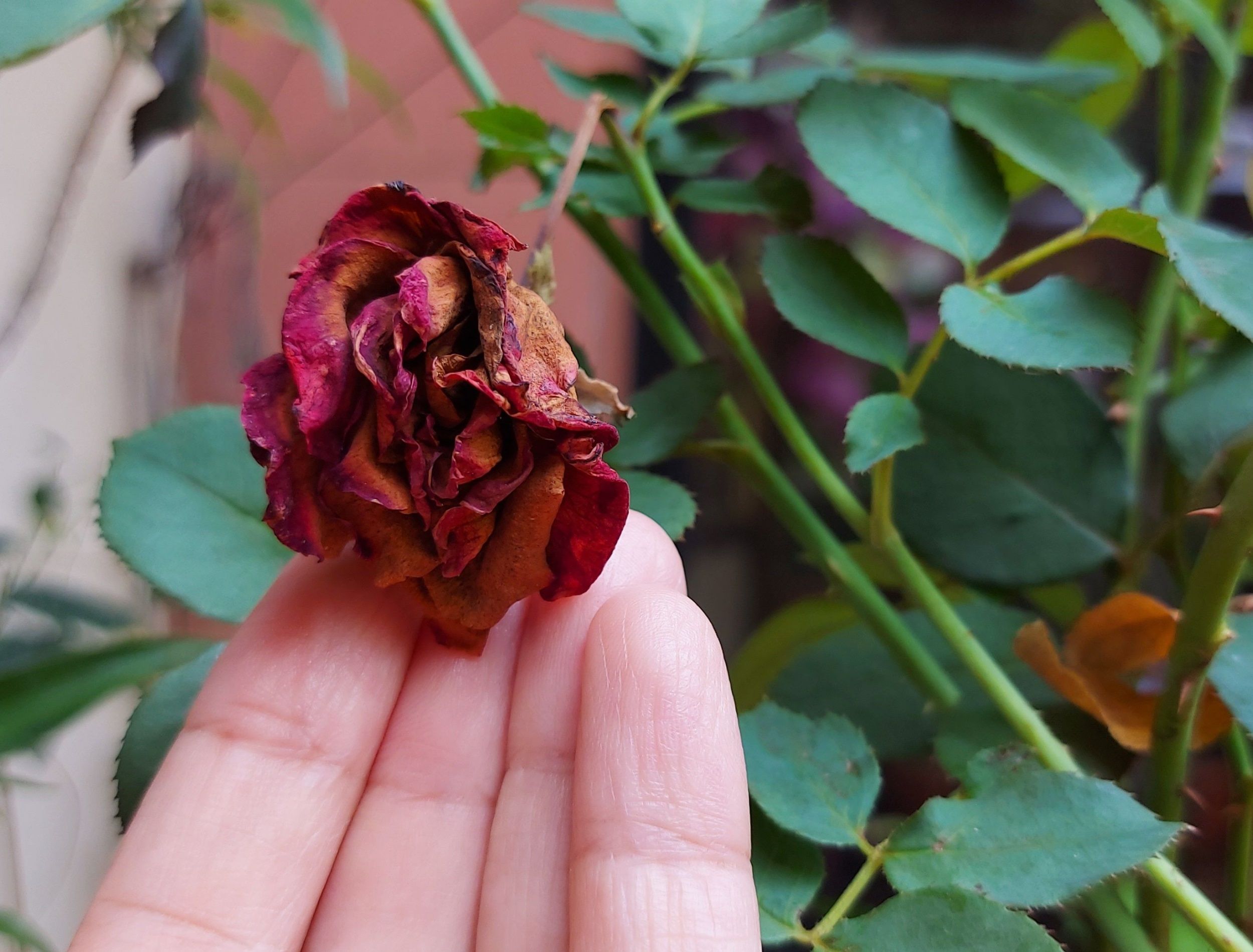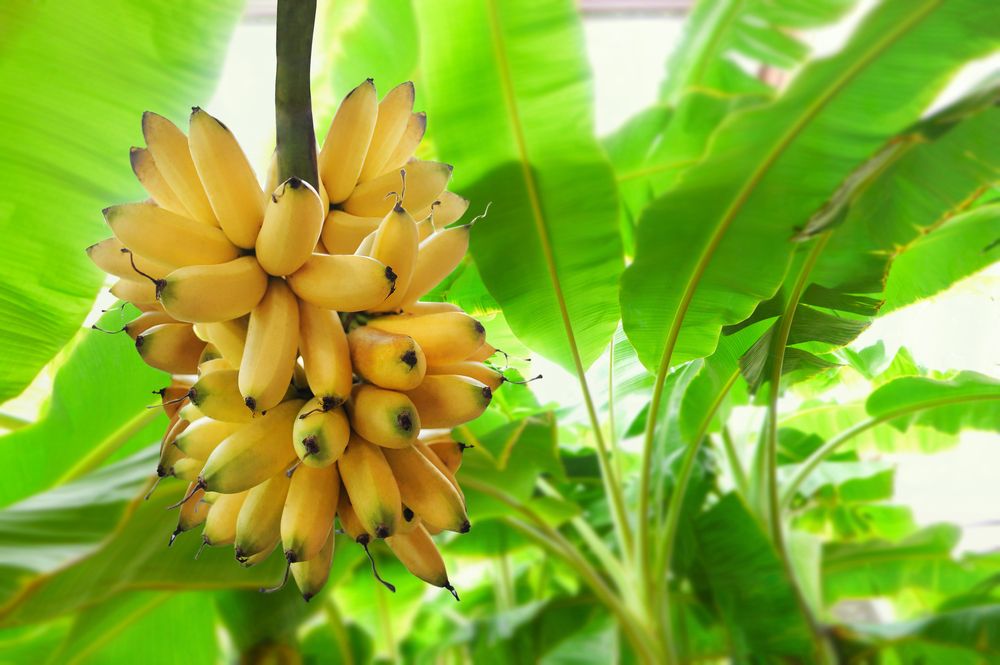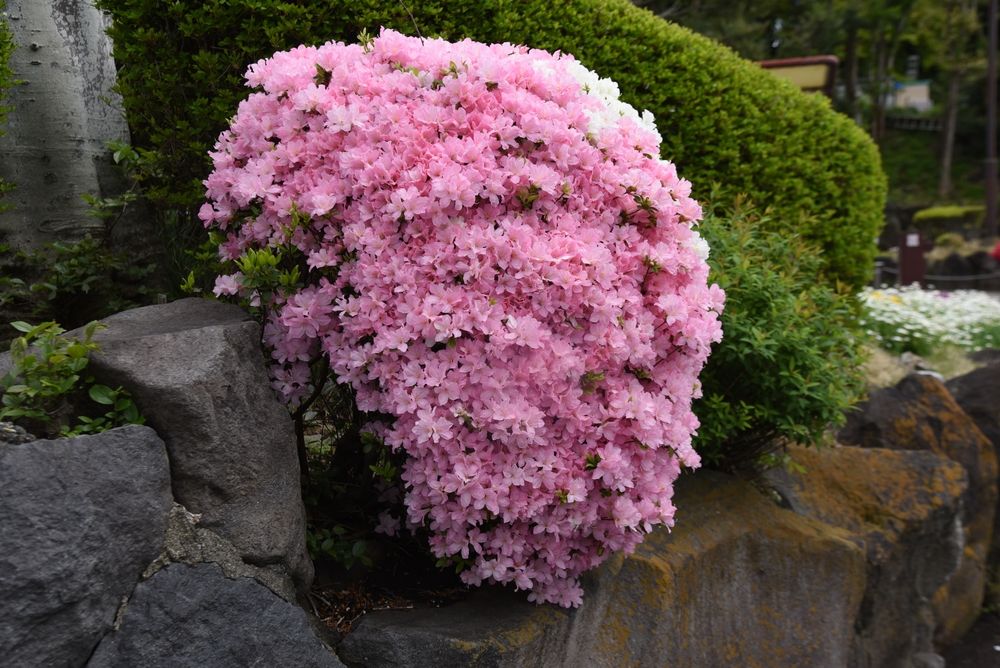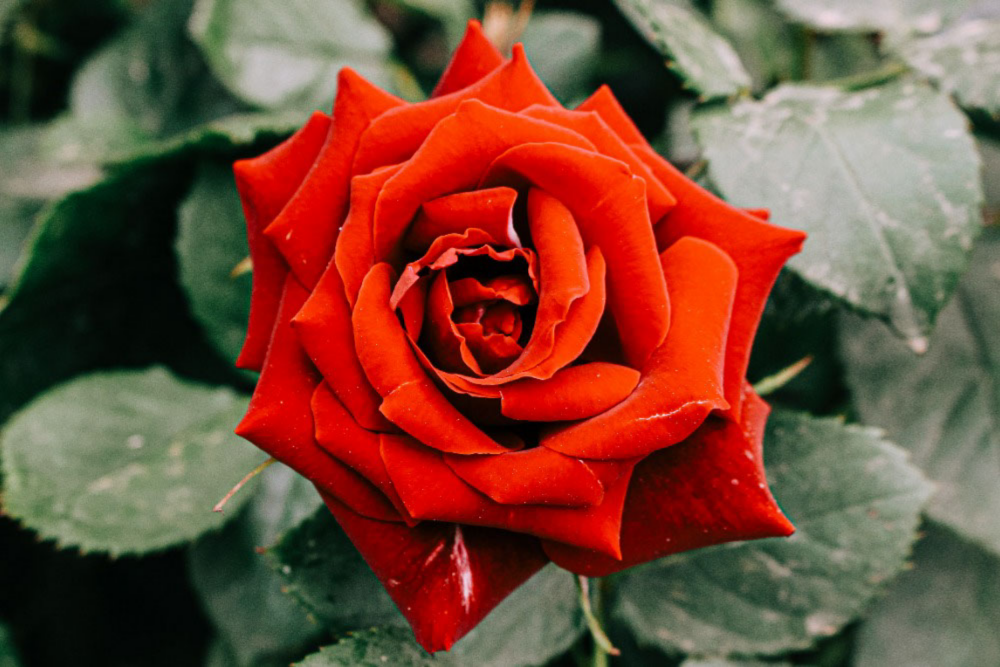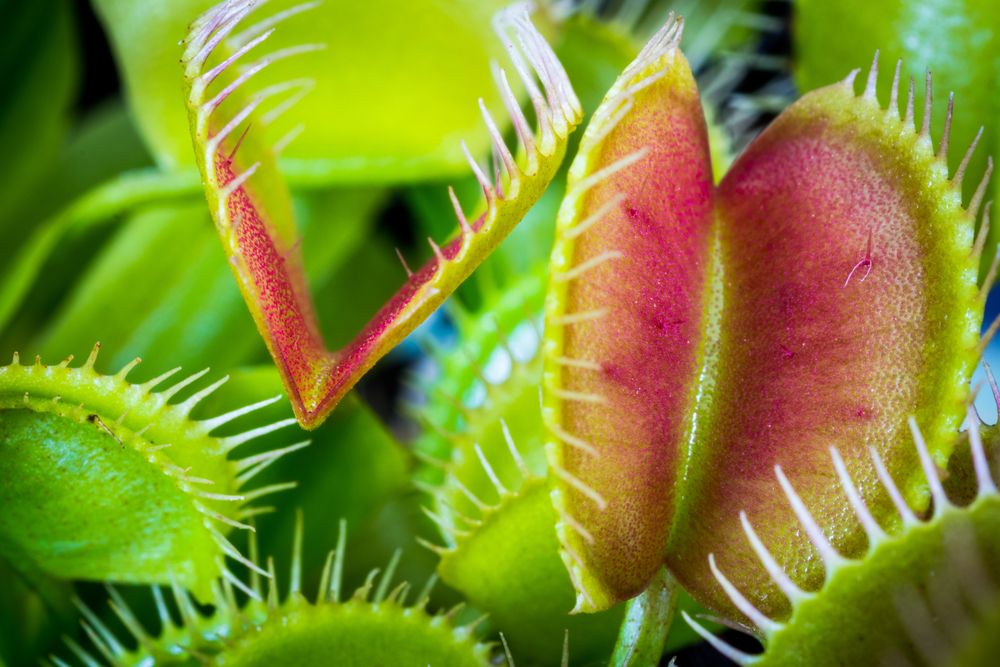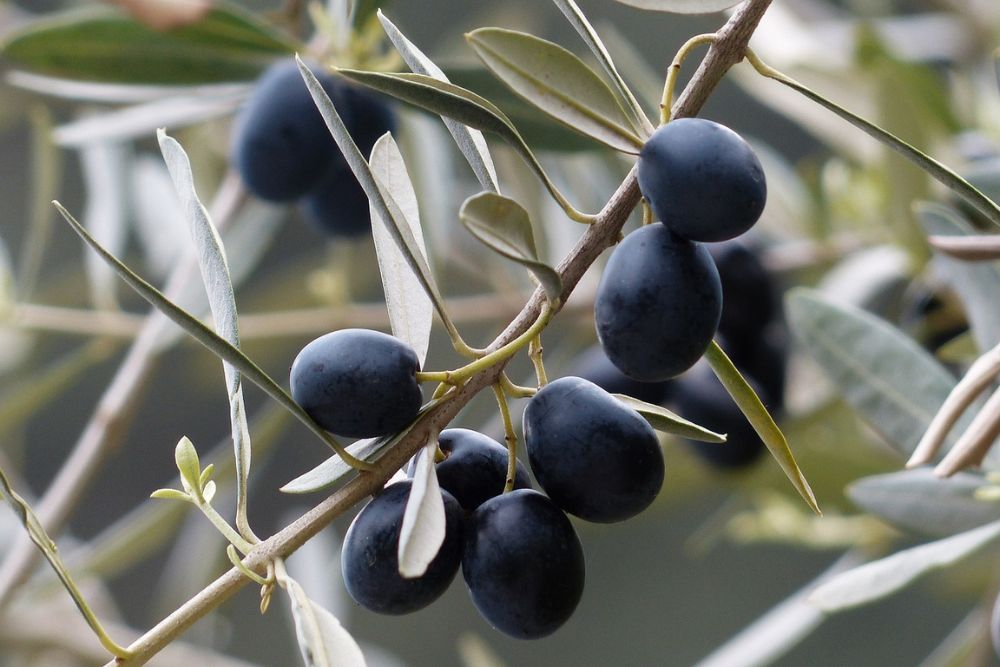As a gardener, you know some plants are easier to care for than others, and some require more attention to thrive. That's why it can be so satisfying when you successfully cultivate something that isn't the easiest of plants to grow in your gardens.
The five plants listed below are perfect examples of a challenge. While it takes a bit more effort and dedication to get them up and running in your space, the reward of seeing these beauties blossom each year will make it all worth it! With proper knowledge, patience, and dedication, you can achieve success with these difficult plants.
Banana Trees
Image credits: vincentchuls via Shutterstock
Banana plants can be tricky to grow in your garden, but the bold and tropical look they add is worth it! These fast-growing plants have giant, ribbed leaves that bring an exotic flair to your landscape.
Unfortunately, these beautiful plants are not frost-hardy and will need special protection from cold temperatures and frost -- you'll need to bring them indoors over winter if you live in a colder climate.
Regular fertilization and watering are essential to ensure your banana tree thrives. Feed monthly with a balanced fertilizer such as 8-10-8 to fuel the plant's rapid growth during the summer or growing months. Water regularly at this time, but don't let the soil dry out during bouts of hot weather. When cooler months roll around, it's okay to let the soil dry between waterings to help prevent overwatering.
Banana plants in containers or with poor soil require more attention than those planted in the ground, so monitor them for any signs of disease or pests.
Furthermore, if you're growing them in a container, repot them into a larger pot every year or two for adequate space and resource uptake. Give your banana plant plenty of sun and water -- too much shade or wetness can cause problems.
Azalea Kurume
Image credits: tamu1500via Shutterstock
Everyone knows azaleas for their beautiful, brightly colored flowers and distinctive form and foliage. Once established, azaleas are easy to care for; however, one variety can be quite challenging to grow -- the 'Azalea Kurume.'
Plant this shrub in acidic soil with good drainage and protection from afternoon sun. Keep the soil moist but not overly wet to avoid root rot, and fertilize only sparingly, as too much will damage its roots. To help, mulch around the plant to keep moisture levels up and weeds down throughout the growing season.
It is also susceptible to insects such as black vine weevil, azalea caterpillars, and azalea whiteflies, so take regular pest control measures. They are also prone to diseases like powdery mildew, rust, and fungal leaf spots. Additionally, the plant grows slowly, meaning you won't see immediate results even if you've put in the work.
Finally, its high toxicity makes 'Azalea Kurume' harmful to humans and pets, so keep them away at all times.
Roses
Image credits: Samer Daboul via Pexels
Roses are classic favorites that come with plenty of challenges. Their thorns (technically, prickles) make them difficult to handle. Additionally, they need a lot of food. Fertilizer or well-rotted manure will do the trick, fueling your plants with the nutrients they need for optimal growth.
Roses also need a lot of water. Once weekly should do it if planted in the ground. But, those planted in containers can need daily watering (especially during hot weather). Be careful not to overwater your roses, as this can lead to root and stem rot. Roses require regular watering during hot dry spells or in dry sandy soils. Finally, roses are deep-rooted, so it takes a few years for them to settle in and become established.
Regular pruning is also necessary to stop the stems from becoming crowded and weak. Also, roses require regular care and attention to prevent pests, like aphids, spider mites, and thrips, and diseases, such as blackspot, mosaic virus, and crown gall. So if you cannot maintain the demanding schedule, reconsider planting roses.
Venus Flytraps
Image credits: Roger Gantner via Shutterstock
Venus flytraps are one of the most difficult plants to grow in your garden. Therefore, they require a lot of attention.
They need full sunlight, so they will not do well if you live in an area with limited light. Additionally, you must feed them regularly with rehydrated dried blood worms or live insects. If using dead food, it is necessary to massage the traps to encourage digestion. In addition, unlike other house plants, it doesn't do well with tap water. Instead, give your Venus flytrap deionized water to ensure health and vitality.
The Venus fly trap prefers a temperature range of 70 and 95 degrees Fahrenheit. It can handle winter temperatures of down to 40 degrees Fahrenheit; in lower temperatures, your flytrap will enter a dormant period where it loses some of its foliage and growth slows down. The plant also needs above 50 percent ambient humidity.
Olive Trees
Image credits: Hans via Pixabay
Olive trees can be tricky, especially in regions that don't meet the trees' needs (they're hardy in zones 9 through 11).
To bear fruit, an olive tree requires vernalization (a cold and dormant period) during winter months and warm, dry days during summer. This requirement means that olive trees need cold temperatures of between 32 and 47 degrees Fahrenheit to initiate flowering in the spring and plenty of water during hot weather. The shallow root system also means they lose water from the soil quickly.
Ready for a Challenge?
Now you know about five difficult plants that, with good maintenance techniques, can succeed in your garden. If you're up for a challenge, pick up one of these plants today, nurture it with love, and watch it bloom, bringing unique beauty and texture to your garden.
Share this article with family and friends who might like to know some high-maintenance plants to avoid or might be interested in giving these difficult-to-care plants a shot in their gardens. To keep the progress rolling, leave a comment below sharing tips and tricks you've learned from taking on an exciting challenge!
Good luck!

